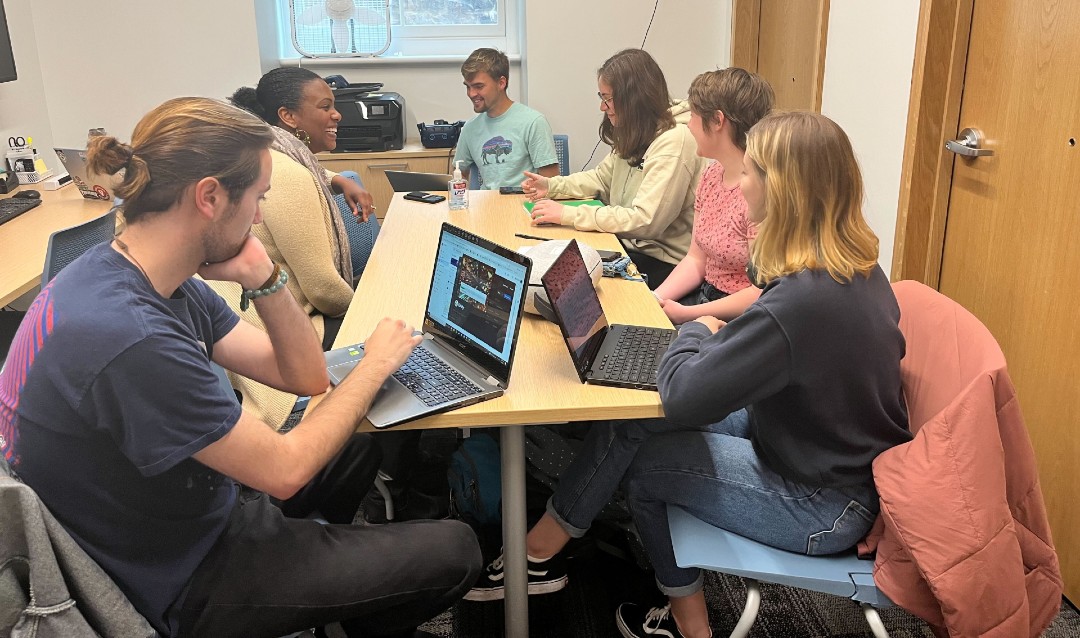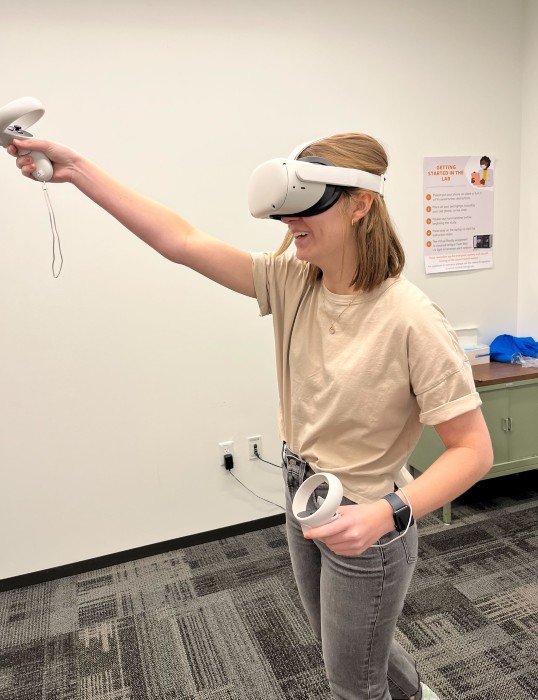Members of groups that are underrepresented in current research – including senior citizens, those with disabilities, racial and ethnic minorities, those with limited access to technology, and women and gender minorities – may lose out on benefits from the use of VR technologies.
The VR sector is expected to reach a market capitalization of $1 trillion within the next several years, Taylor said. The application of VR to address problems is already growing within the fields of medicine, education, disability accommodations, elder care, and others.
To help make these advancements more accessible to everyone, the VERA team is working to recruit both standing and scalable groups of human participants that reflect the demographics of populations that VR researchers most need to study. These may range from smaller, defined groups to participate in longitudinal studies to groups in the thousands, reflective of the general U.S. population.
Taylor will be part of a leadership team guiding recruitment, evaluating proposals from researchers to access the system, and allocating resources to best meet the long-term needs of the VR community.
It's a tall task that will require coordination and communication among researchers, institutions, companies, and participants, as well as a committed focus on diversity, equity, inclusion, and accessibility at all levels. This aspect of the project will be a key area of work for Taylor, whose own research has focused on the potential of VR to improve encounters between members of different races.
The VERA system will also make the opportunity to conduct high-quality research more accessible to researchers and students at different types of institutions. Historically, small and regional institutions have lacked the resources to conduct VR research locally.
“Now, you won’t even have to have a lab or users at your institution to be able to study VR,” Taylor said. “That’s a huge step toward including students at less-resourced institutions in this work and welcoming them into the pipeline for STEM-related careers in emerging technologies in the future."
The VERA project also includes mentorship, through which professionals including Taylor will connect with students and help them advance in STEM-related industries that have struggled to diversify its population of workers.
A 2021 Pew Research study found that Black workers make up 11% of all employed adults, but only 9% of those in STEM occupations, and just 5% in some fields such as engineering. Latinx workers make up 17% of total employment across all occupations, but just 8% of all STEM workers.
“Ultimately, this project holds promise in the goals of diversifying the VR community at every level, from research participants to researchers to industry professionals,” she said. “As VR use becomes more widespread, we hope that translates to more access and equity within our society.”
VERA is co-led by Taylor and researchers at the University of Central Florida, Stanford University, Davidson College and Cornell Tech (including XR Access). The nearly $5 million project is part of the NSF’s recently announced $16.1 million Computer and Information Science and Engineering (CISE) Community Research Infrastructure grant awards.
Story by Dan Armstrong






